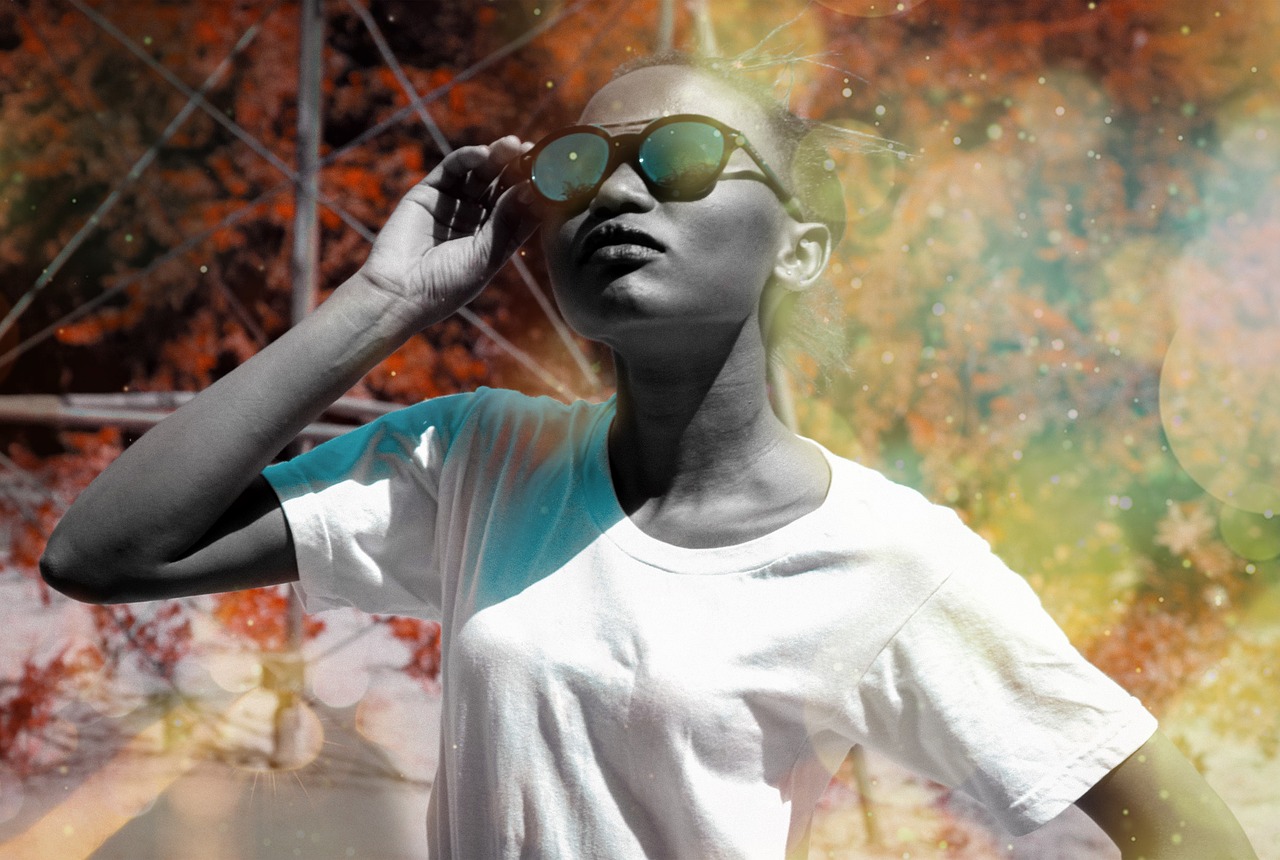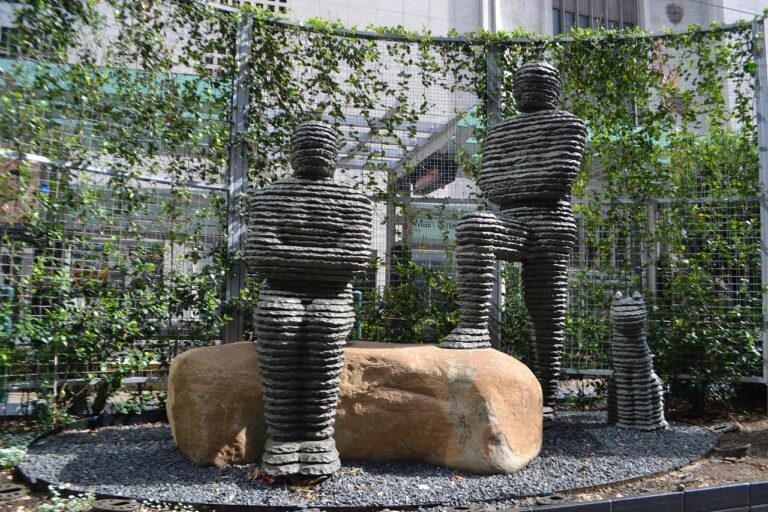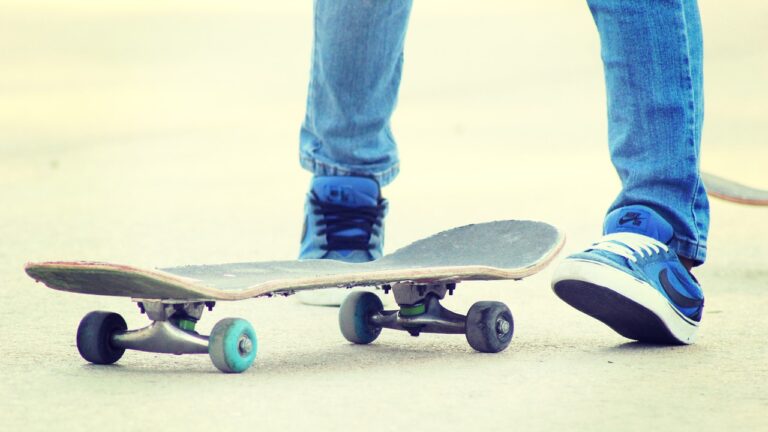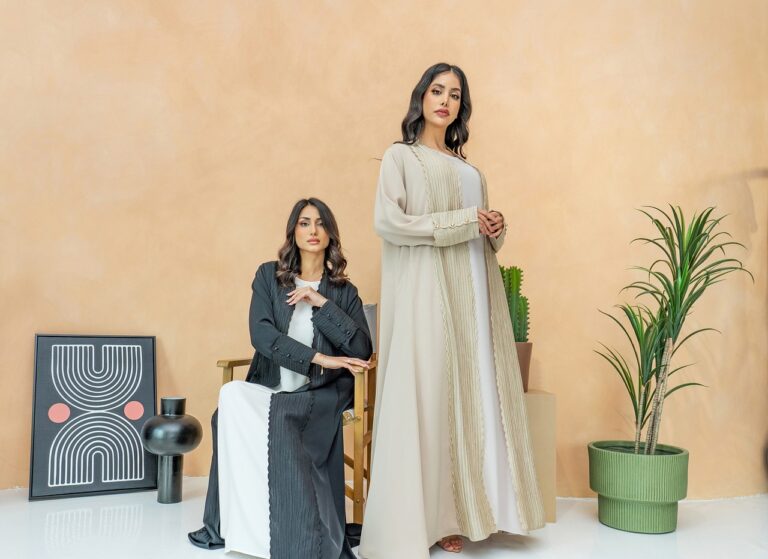Analyzing the Influence of Art Movements on Pattern Making Trends: Laser book 247 login password, Lotus299, 11xplay pro
laser book 247 login password, lotus299, 11xplay pro: Art movements have always played a significant role in shaping the world of pattern making. From the bold and vibrant designs of the Art Deco movement to the abstract and expressive patterns of Abstract Expressionism, art has long been a source of inspiration for textile designers and fashion houses alike. In this article, we will delve into the influence of art movements on pattern making trends and explore how they continue to impact the industry today.
The Art Nouveau Movement
The Art Nouveau movement, which originated in the late 19th century, was characterized by its use of flowing, organic forms inspired by nature. This influence can be seen in the intricate floral and botanical patterns that became popular during this time. Textile designers drew inspiration from the fluid lines and motifs of Art Nouveau to create elegant and ornate patterns that adorned everything from furniture to clothing.
The Bauhaus Movement
In contrast to the organic forms of Art Nouveau, the Bauhaus movement, which emerged in the early 20th century, embraced simplicity and geometric shapes. This minimalist approach to design had a profound impact on pattern making, leading to the creation of bold, graphic patterns that emphasized clean lines and abstract shapes. The Bauhaus movement paved the way for modernist patterns that continue to be popular in contemporary fashion and interior design.
Surrealism and Abstract Expressionism
The Surrealist and Abstract Expressionist movements of the mid-20th century brought a new level of experimentation to pattern making. Surrealist artists like Salvador Dali and Rene Magritte pushed the boundaries of traditional design, creating surreal and dreamlike patterns that challenged the viewer’s perceptions. Similarly, Abstract Expressionist painters like Jackson Pollock and Willem de Kooning inspired textile designers to explore abstract and spontaneous patterns that captured the energy and emotion of their work.
Pop Art and Psychedelia
The Pop Art movement of the 1960s and 70s introduced a bright and bold aesthetic to pattern making. Artists like Andy Warhol and Roy Lichtenstein embraced popular culture and consumerism, creating vibrant and eye-catching patterns that reflected the spirit of the times. The psychedelic art of this era also had a significant impact on pattern making, with designers incorporating bold colors and intricate geometric shapes into their work.
Contemporary Influences
Today, art movements continue to influence pattern making trends, with designers drawing inspiration from a wide range of sources. From the digital art of the internet age to the eco-conscious designs of the sustainability movement, contemporary patterns reflect the diversity and creativity of the world we live in.
In conclusion, the influence of art movements on pattern making trends is undeniable. From the flowing lines of Art Nouveau to the bold shapes of Bauhaus and the vibrant colors of Pop Art, art has continually pushed the boundaries of design and inspired new generations of creatives. By studying and incorporating the principles of these movements into their work, designers can create patterns that are not only visually striking but also deeply meaningful.
FAQs:
Q: How can I incorporate art movements into my own pattern making?
A: To incorporate art movements into your pattern making, start by studying the key principles and motifs of the movement you are interested in. Experiment with different shapes, colors, and textures to create patterns that reflect the spirit of the movement.
Q: Are there any specific art movements that are particularly popular in pattern making today?
A: While all art movements have influenced pattern making in some way, styles like Art Deco, Abstract Expressionism, and Mid-Century Modern are currently popular in contemporary design.
Q: How can I stay up-to-date on the latest pattern making trends influenced by art movements?
A: Follow design blogs, attend exhibitions, and study the work of contemporary artists and designers to stay informed about the latest trends in pattern making influenced by art movements.







